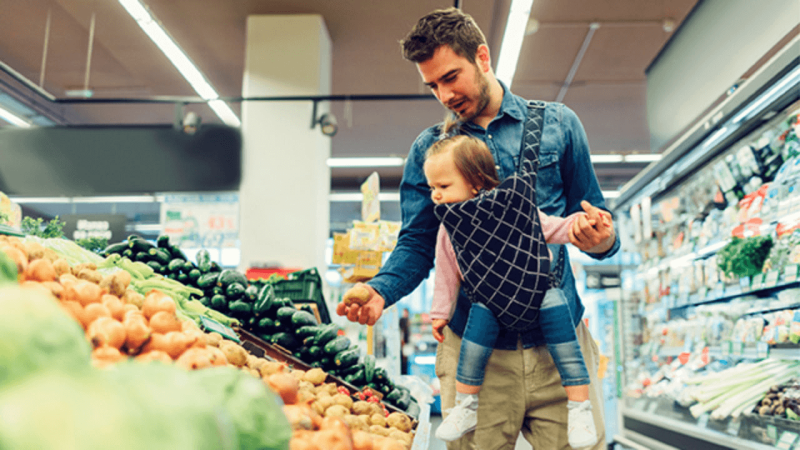Grapes, strawberries, apples, and peppers make their way into carts and baskets all over the country as parents give themselves a pat on the back for encouraging healthy eating habits. But upon scrolling through news feeds inundated with fearful messages about pesticides, many caregivers are left feeling confused, and even a little guilty about the fruits and vegetables they’re providing.
Each year, the Environmental Working Group (EWG) releases its “dirty dozen” list of produce that they claim contains the highest levels of pesticide residue. With little information given, they urge consumers to limit their exposure by purchasing these products from the organic aisle.
The presence of a pesticide does not make it poisonous. To put the numbers into perspective, a child could consume 340 servings of apple in one day without any effect from pesticides. An adult woman could eat 3,624 individual strawberries without ever worrying about harmful effects. In fact, studies show that if a person ate the 12 “dirty” fruits and vegetables regularly, the exposure to most of the pesticides would be less than 0.01 percent of the level that the Environmental Protection Agency (EPA) considers even potentially worrisome.
The food and safety regulations put into place by the United States government are rigorous and extensively reviewed. Parents can rest assured that the produce they’re slicing up for snack time is completely safe for consumption and routinely tested to make sure that it falls within maximum pesticide residue limits.































